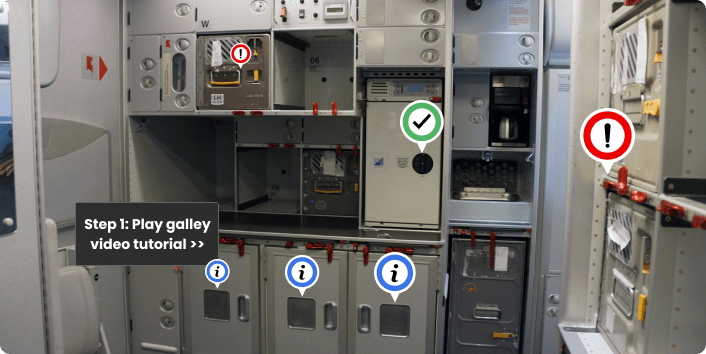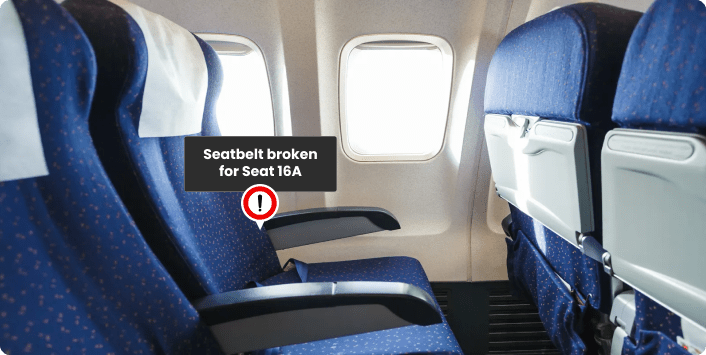Beamo's digital twin platform utilizes 360-degree cameras and smartphones to create virtual replicas, finding applications beyond traditional industries. A major airline successfully implemented the technology for crew training and in-flight issue reporting, achieving cost savings, reduced travel expenses, and improved environmental sustainability. The versatile applications of digital twin technology continue to evolve, showcasing its positive impact across different sectors.
The Broad Landscape of Digital Twins Across Industries
The digital twin is currently widely utilized in industries such as manufacturing, construction, building and facility management. However, its applications extend across diverse industries. Beamo has collaborated with clients from various sectors, uncovering insights into the use of digital twins for optimizing airline operations.
The concept of a digital twin is based on creating a virtual replica or representation of a physical object, process, or system. Beamo, a platform designed for digital twin creation, employs a 360-degree camera and the Beamo App on smartphones. This setup allows for rapid site capture, immediate generation of a 360-view, and utilization in virtual tours and data monitoring.
Enhancing Airline Operations Through Digital Twin Technology
One of Beamo’s clients, a major airline, sought to digitize the training process for its crews. With a fleet of around 200 aircraft, ensuring that crews fully understood room configurations and installed equipment specific to each aircraft type was challenging. The client used a 360-degree camera, a smartphone, and a tripod to capture the interior of each aircraft type, creating a digital twin. They then built an employee training system based on spatial information. Manuals, training videos, operational procedures, etc., were attached within the virtual space using tagging functionality. Crew members could access relevant information remotely at any time. When operating procedures were updated or equipment changed, simply uploading the latest documents and videos to the digital twin allowed crew members to easily check them remotely.

In addition to employee training, the client used the digital twin for reporting tasks. They replaced the traditional practice of submitting written reports upon landing with a digital twin-based reporting system. Using mobile phones or tablets, crew members could tag the location of in-flight issues within the digital twin, generating reports to notify ground staff. Uploading detailed reports with photos to the digital twin made it easier for maintenance personnel to understand the severity of the problem and plan necessary actions.

The client successfully implemented a system for employee training and reporting based on spatial information using the digital twin. Crew members could remotely experience various aircraft types and receive necessary training. Even after training, they could easily check for updates on in-flight room operations within the digital twin.
Furthermore, by conducting aircraft room inspections remotely without sending personnel to the site, the client achieved cost savings in maintenance, reduced travel expenses, and minimized device errors. Leveraging the digital twin not only optimized airline operations but also improved environmental sustainability by reducing carbon emissions through enhanced work processes.
Exploring use case in detail